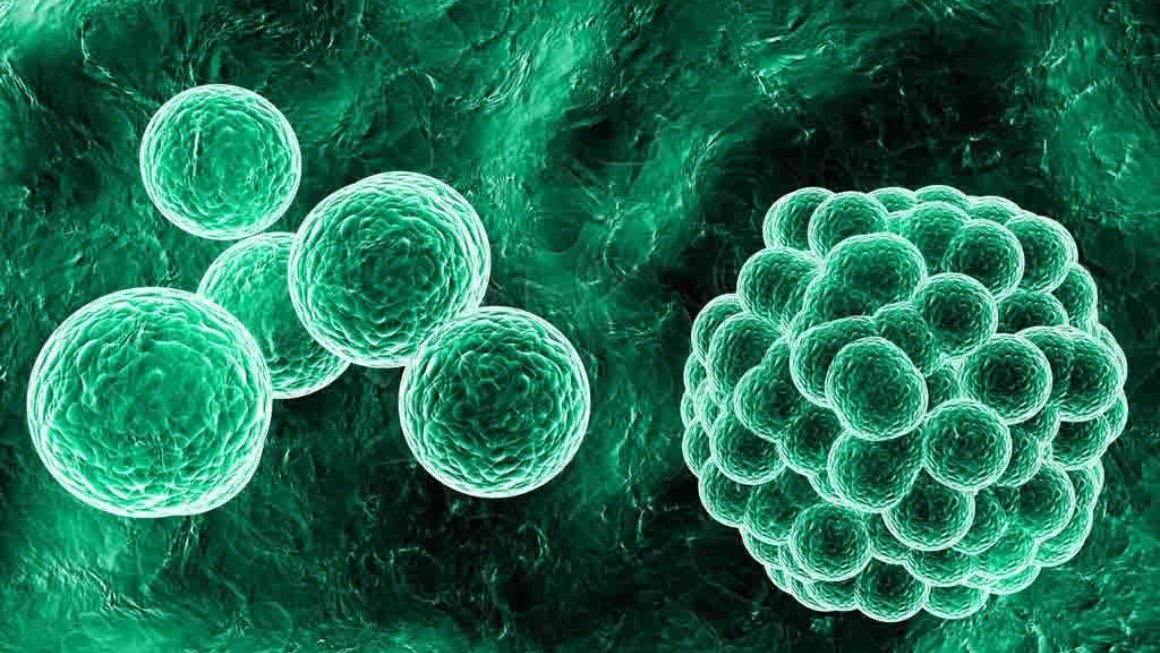The nanoparticle system is a technique that can be used for the monitoring of bioaccumulation sites and the assessment of their therapeutic efficiency. The development and advancement of nanoparticle technology has made the early diagnosis and image-guided treatment of diseases possible. Recently, a new study demonstrated that the combination of nanoparticles with ultrasound and other molecular biological techniques could bring about the ability to diagnose, visualize and treat a variety of diseases.
As highly effective drug carriers, liposomes are capable of targeting tumor cells with high LDL receptor contents passively. They are efficient carriers who are easily biodegradable once they have done their jobs. Sonodynamic therapy can lead to physicochemical changes in cell structure using low-intensity focused ultrasound and sonosensitizer agents. The method has been proven to be effective on tumor cell lines almost with no toxic side effects. The effects of conventional chemotherapeutics are poor when using sonodynamic therapy due to the hypoxic environment. However, such hypoxic environment can be utilized using pro-drugs stimulated by hypoxia. For instance, AQ4N, an aromatic bioreductive pro-drug with no toxicity in healthy cells, can produce tumor-cytotoxic products, such as AQ4 and AQ4M, in a hypoxic environment. Currently, AQ4N is the only available topoisomerase II inhibitor that inhibits cell proliferation and promotes apoptosis.
Researchers prepared a lipid nanoparticle which can encapsulate a liquid-gas phase change material and AQ4N, a water soluble pro-drug. They decided to connect the surface of the lipid nanoparticle to the polypeptide C-RGD which can actively target 4T1 cells.
The targeted release of the drug was achieved when using the LNP system in conjunction with LIFU, and the imaging of the process was effective when using photoacoustic and contrast-enhanced ultrasound. The system is capable of achieving the diagnosis and treatment through targeted drug delivery and therapy, so it will possibly become a useful anti-cancer treatment method in the future.




